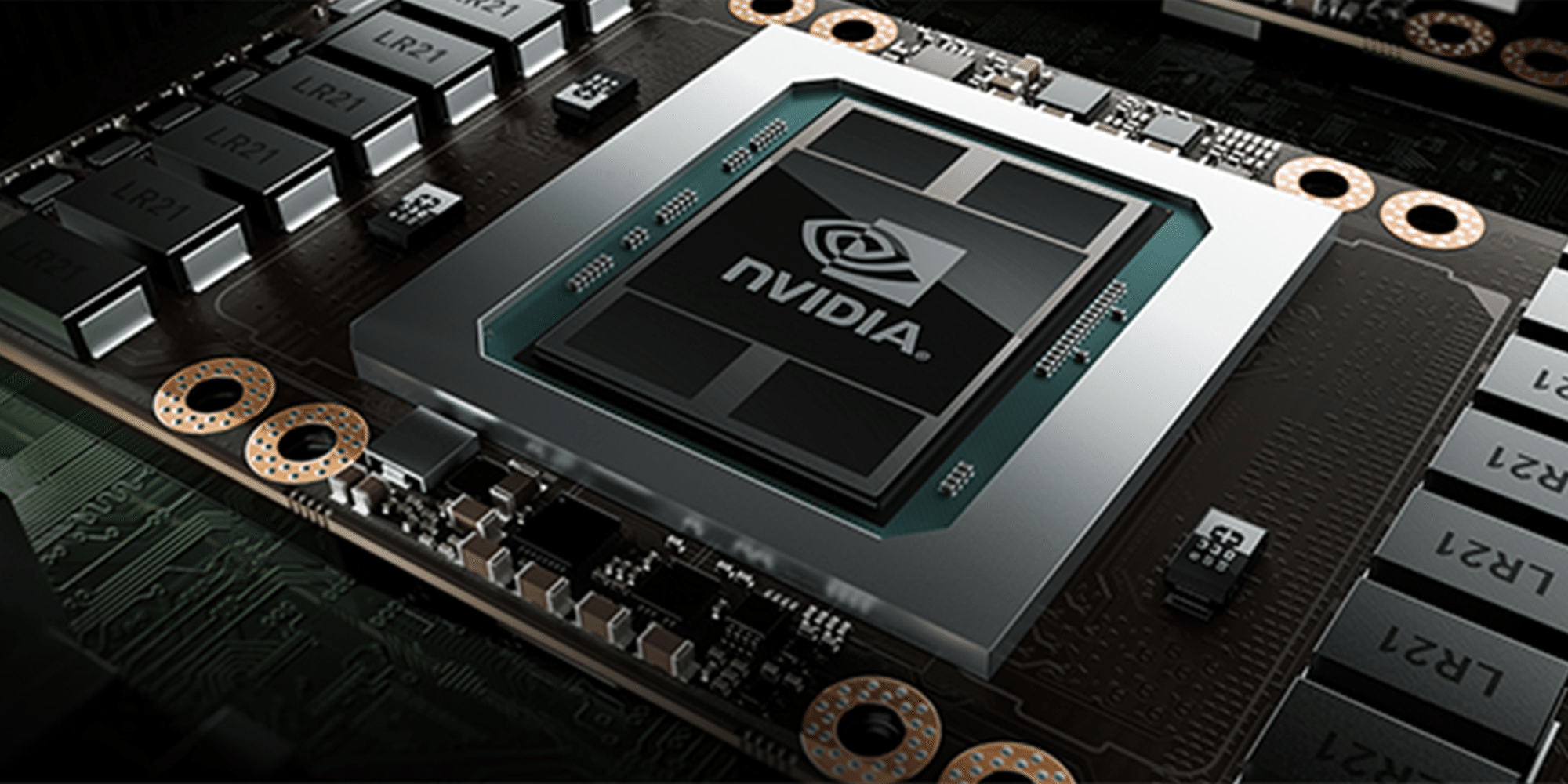Nvidia Offers Processor for Chinese Market That Meets US Controls
US-based computer chip manufacturer Nvidia Corp. confirmed on Monday that it's offering a new advanced graphic processing unit for the Chinese market that satisfies export controls imposed by the US government in October.

Facts
- US-based computer chip manufacturer Nvidia Corp. confirmed on Monday that it's offering a new advanced graphic processing unit for the Chinese market that satisfies export controls imposed by the US government in October.
- The confirmation follows a report by Reuters that Chinese companies were advertising their latest products with Nvidia’s new A800 graphics processing unit (GPU).
- In August, Nvidia and Advanced Micro Devices Inc (AMD) were informed that various advanced chips they manufacture were placed on the US export control list. This includes Nvidia’s A100, which its A800 was designed to replace.
- The new chip has been deliberately designed to function at reduced speeds in order to comply with the performance threshold set by the US ban while carrying out other core computing capabilities. A800 runs at 400GB per second, while A100 operates at 600GB per second.
- This is reportedly the first attempt by a major US chipmaker to workaround US export sanctions since the US Commerce Dept. directed Nvidia and AMD to stop exporting their most sophisticated chips to Beijing, claiming they could be used in artificial intelligence systems.
- Nvidia is walking a thin line between commercial interests and complying with Washington's strategic containment of China, as the country accounts for about one-quarter of the company's gross sales, and Q3 losses were estimated at $400M.
Sources: Reuters, Computing, TechCrunch, and Scmp.
Narratives
- Establishment-critical narrative, as provided by CounterPunch. US sanctions are designed to contain China as a rival economic power, but they may well end up backfiring due to the interconnected nature of the global economy. This aggressive global peer competition may even end up triggering a war that would likely envelope many other countries. At best, sanctions will merely postpone Chinese rise as a peer military and economic power, but not prevent its emergence.
- Pro-establishment narrative, as provided by Atlantic. Beijing is to blame for the shift in US policy. As Xi Jinping has called for a world-class military to tip East Asia’s balance of power in China’s favor and seeks to become technologically self-sufficient, it would be foolish for him not to expect the US to use its leverage to try and counter these attempts.






